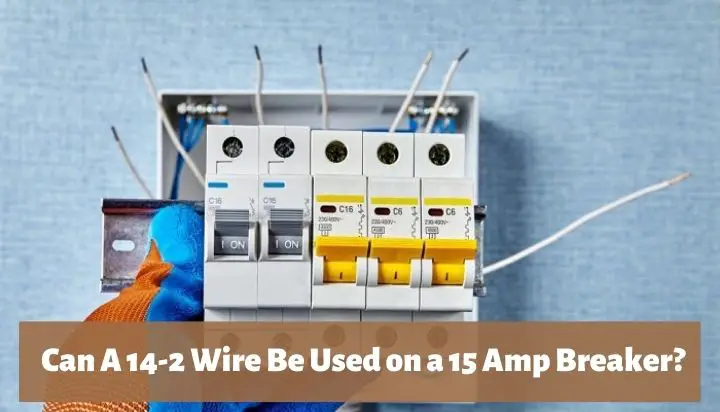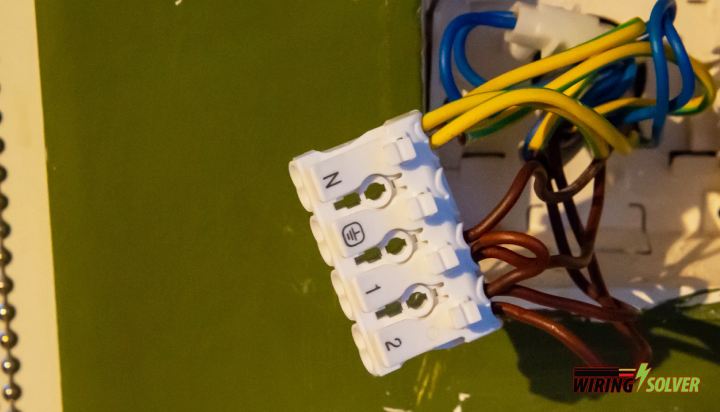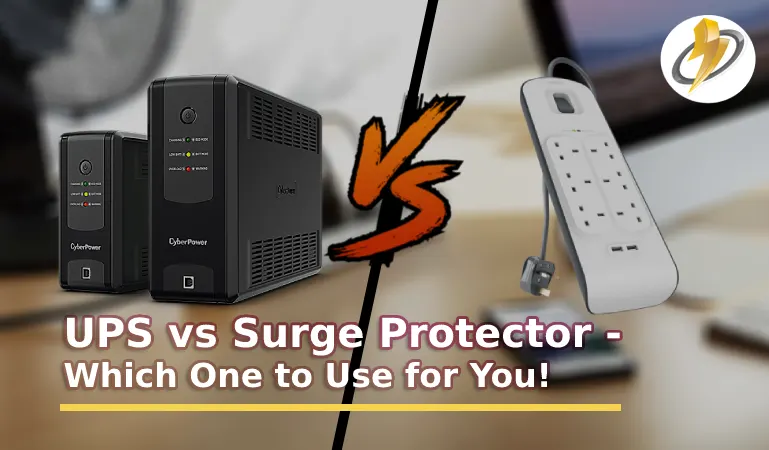There are various kinds of circuit breakers. Such as regular circuit breakers, AFCI breakers, GFCI breakers, and others. Our topic for today is the AFCI breakers. One must know where to use them.
Although the answer has to be a bit brief, in short, it is dictated by the NEC that, AFCIs are required to be installed in all 120-volt, single-phase, 15 and 20-ampere branch circuits, which supply electricity to any room or area of the said household.
This article will detail the entirety of the proper use case for AFCI breakers, as well as talk about scenarios where they may not be needed.
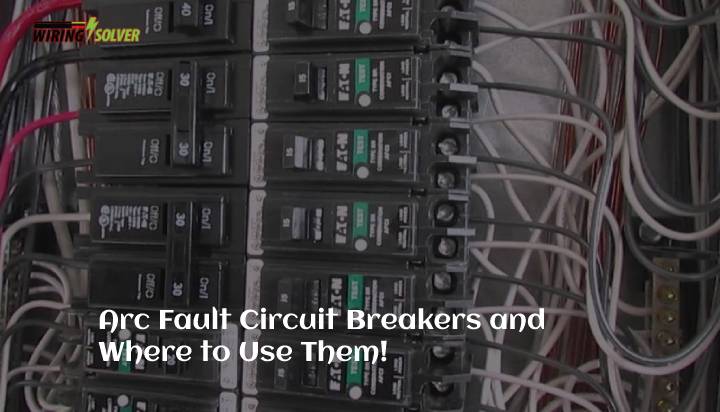
Where is Arc Fault Breakers Required?
Arc fault circuit breakers are required for any and all dwelling units or habitable spaces.
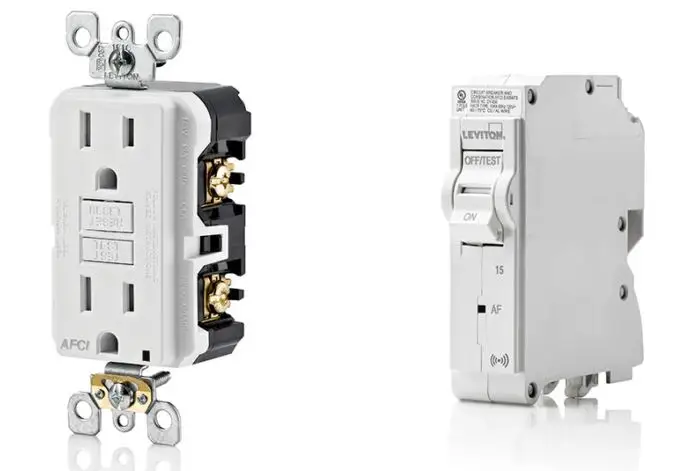
Dwelling units include any households, flats, dormitories, hotels, motels, and structures of the sort, and are required to be protected by the arc fault circuit breaker standard mandated by the NEC.
Locations where AFCI is Required
- Any habitable space within a structure, such as a dorm room, hotel room, bedroom, etc.
- Due to new National Electrical Code (NEC) standards, kitchen and laundry rooms can no longer be excluded from AFCI protection.
- Any 120-volt single-phase power supply, or any 15-ampere and 20-ampere branch circuit, which supplies power to any outlet or a device situated in a habitable space have to be protected by AFCI devices.
- Branch circuit extensions or modifications into any dwelling unit or a habitable space must be subjected to arc fault breaker protection.
- It is required by most modern refrigerator circuits are provided with a dedicated 20-ampere circuit. If the outlet is within 6 feet of a sink or located in a garage or basement, it would require AFCI protection.
Where is Arc Fault Breakers Not Necessary?
Not every structure or building with an electrical power supply requires AFCI protection. Any space within a structure that does not identify as a habitable space can be exempted from using the AFCI.
Locations where AFCI is not Required
- Any commercial or industrial space does not require the use of an arc fault circuit breaker.
- Bathrooms and toilets are excluded from the list of locations for AFCI protection.
- It is not required to use arc fault circuit breakers for any outlet or device which is situated outside of the residence.
- Circuits that supply voltages less than 120 volts can be left out of AFCI protection.
- There are several “heat and smoke” alarm systems, which are strictly forbidden to be used in conjunction with an AFCI breaker.
- Telephone or TV signal wiring can be excluded from arc fault breaker protection.
- Garages or yards containing any devices or outlets, do not require the installation of an arc fault circuit breaker.
- If no outlets or devices are installed, AFCI protection is not required for extension wires less than 6 feet in length, other than splicing devices.
An AFCI breaker can often replace a GFCI. But, do GFCI breakers replace GFCI outlets? Yes, it is possible to use them interchangeably.
But in order to get the most out of them, it is important to know where are GFCI breakers required.
What is the Purpose of an Arc Fault Circuit Breaker?
The function of the AFCI is to protect the branch circuit wiring from dangerous arcing faults that could initiate an electrical fire. It is designed to detect arcing electrical faults to help reduce electrical fires.
Unlike a standard circuit breaker detecting overloads and short circuits, an AFCI utilizes advanced electronic technology to “sense” the different arcing conditions.
While there are different technologies employed to measure arcs by the various AFCI manufacturers, the end result is the same, detecting parallel arcs and series arcs.
Since small arcs differ from huge amounts of electrical energy rapidly going to the ground, a typical circuit breaker will not detect the leak.
You can think of arc faults as sparks or small amounts of electrical energy that generate heat but not a large amount of energy flow. Obviously, they can quickly consume nearby wood and plastic to create a fire.
The design of traditional circuit breakers doesn’t allow them to detect arc faults. They only trip when a lot of energy suddenly flows to the ground or passes through the circuit due to a short.
They also fail to extend protection to connected electrical cords or extension cords plugged into wall outlets. Hence, an AFCI breaker in such situations can be a lifesaver.
What is the Difference Between a Ground Fault and an Arcing Fault?
A ground fault is not the same as an arcing fault. A ground fault occurs when electricity leaks to the ground through an appliance or other electrical equipment in use, whether by water, moisture, or another medium.
When that leakage occurs, a ground fault circuit breaker or GFCI outlet is intended to detect it and cut off power to the circuit or outlet. You can wire a GFCI outlet with 3 wires.
When electricity jumps or arcs from one conductor to another as a result of faulty wiring, either in the wall or on an electrical device’s power cord, this is known as an arc fault or “arcing condition.”
Once there have been several arcing incidents, these arcs may start fires. The Arc Fault Circuit Interrupter is made to turn the power off in such situations. A GFCI cannot be replaced by an AFCI. But it can be wired with multiple outlets.
Despite the fact that both provide protection against electrical risks, they are two distinct technologies. You should ask a licensed electrician about the application and what the local electrical code requires if you have any doubts.
Summary
In case you wanted to when and where to use AFCI breakers, your query should have been answered by now. You should also know by now, where not to use AFCI breakers as well.
However, if any confusion arises regarding the validity of using an AFCI breaker in any certain scenario, feel free to consult with a professional electrician to make sure that you are taking the right decision.

